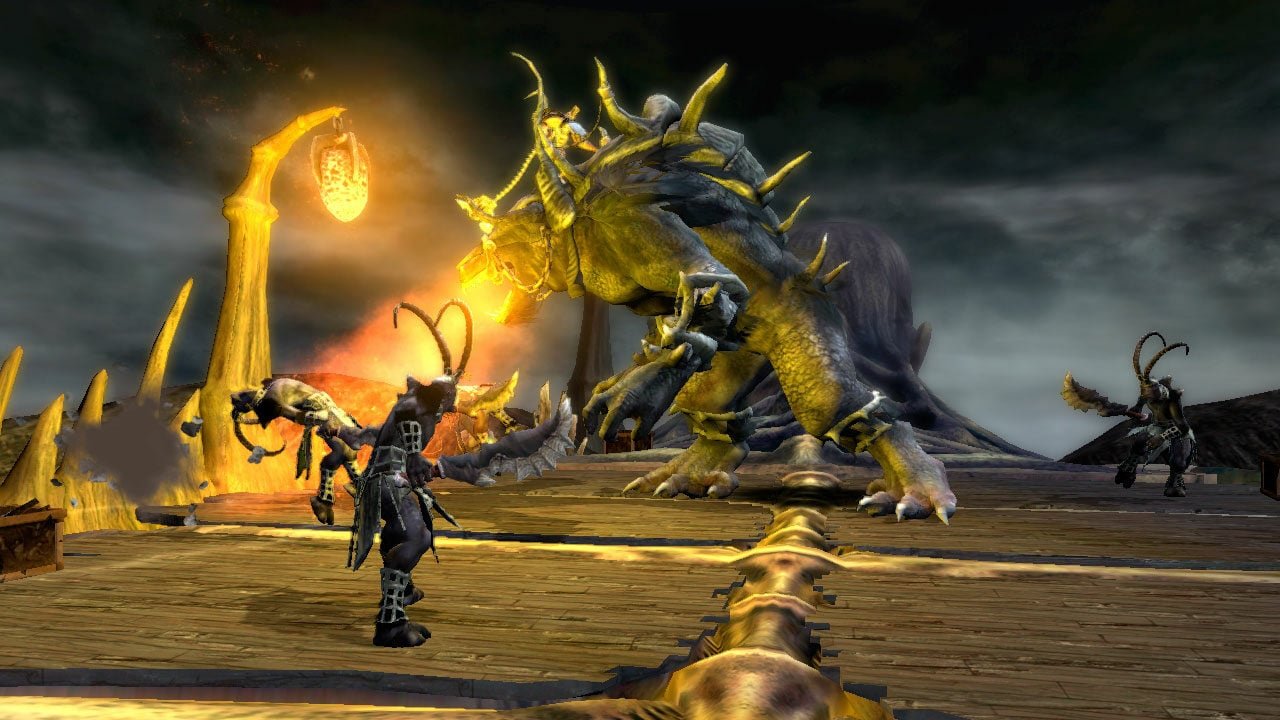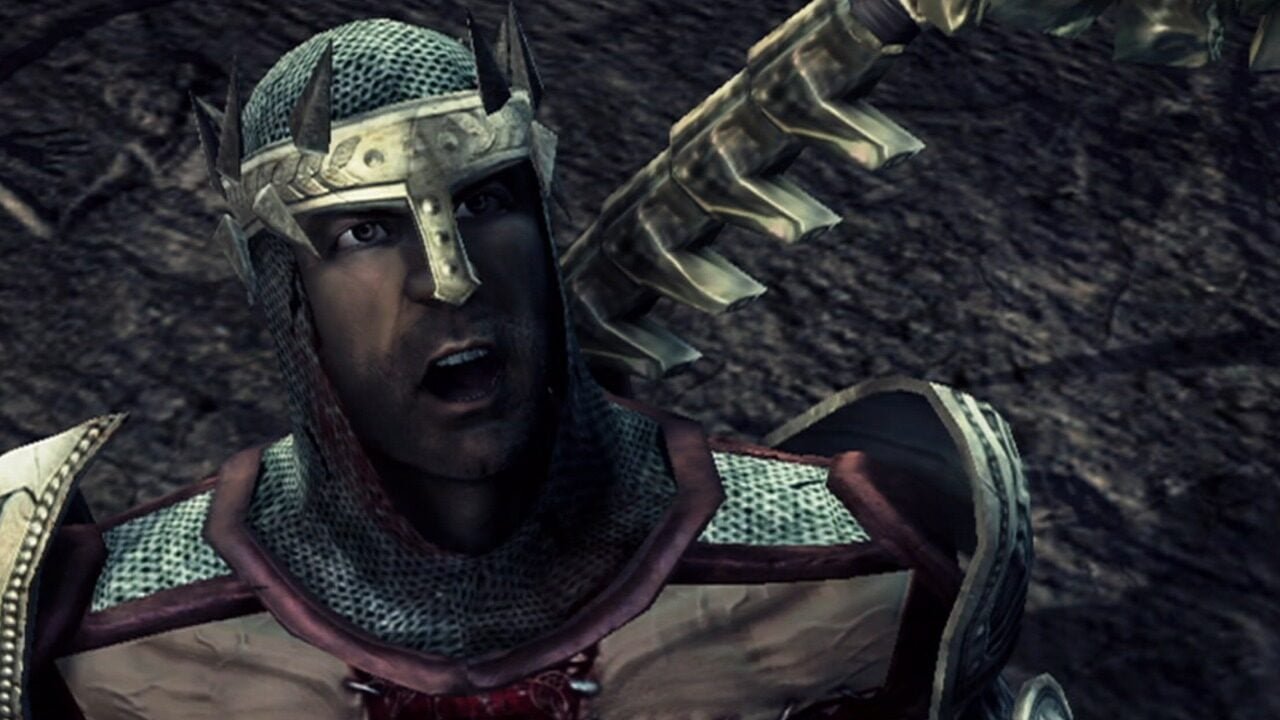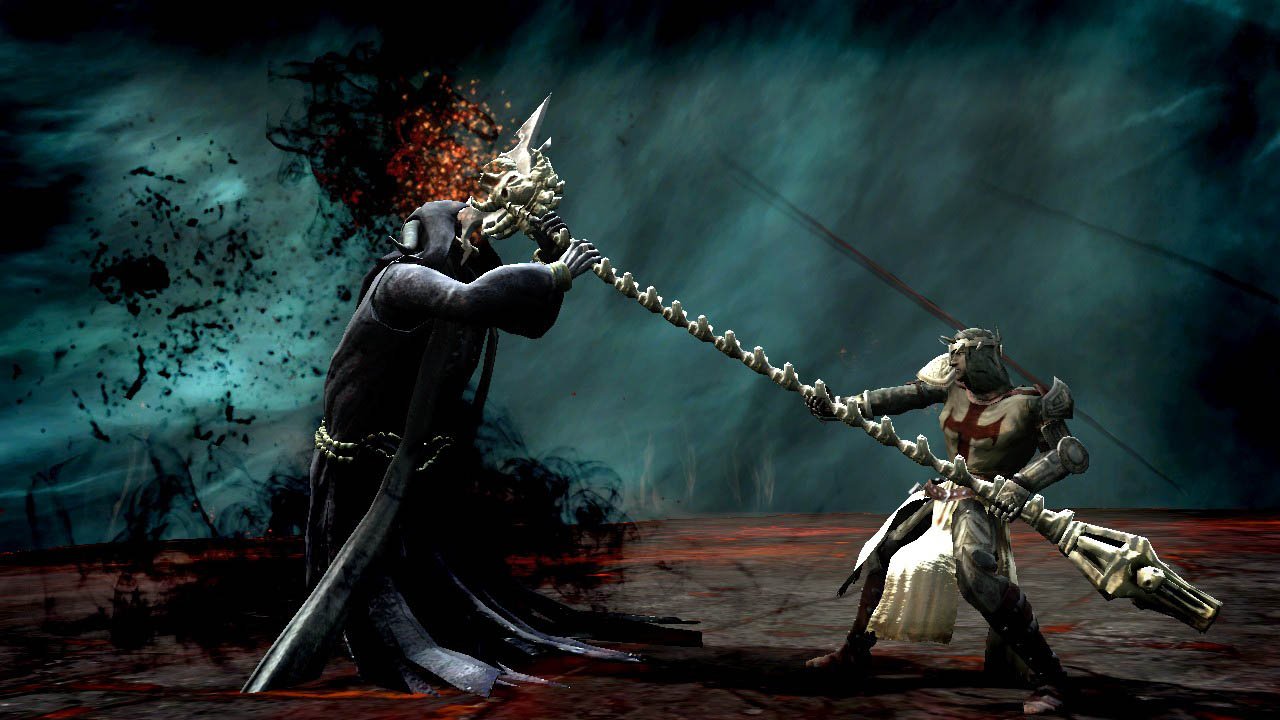If you’ve played God of War, you’ve played Dante’s Inferno. The combat is strikingly similar — quick attacks, power attacks, magic, dodging and quick-time events — and the comparisons don’t end there. Dante climbs walls like Kratos, slowly drains health fountains just like treasure chests, and even shares Kratos’ love of self-mutilation, stitching a cross into his chest before descending into Hell.
Yet, despite the imitation — or perhaps because of it — Dante’s Inferno is spectacularly fun, and an early contender for Game of the Year. Visceral Games, the developers behind Dante’s Inferno, have clearly studied what works. Rather than reinvent the wheel, they focused on refining it, delivering a slick and satisfying action experience in the process.

It helps that Dante’s Inferno has the credentials to stand on its own. While first impressions evoke God of War, after a few hours it starts to feel like something unique. Beneath the surface lies a game with surprising depth and some excellent design decisions.
Inspired by the first part of Dante Alighieri’s Divine Comedy, the game chronicles a literal descent through Hell. Beyond basic thematic references and a smattering of poetic quotations, however, the similarities end. Rather than a Christian allegory, Dante’s Inferno offers a deeply personal tale: returning from the Crusades, Dante finds his beloved Beatrice murdered and embarks on a journey to rescue her soul from eternal damnation.
Gamers won’t mind the liberties. Dante’s Inferno is the first major release in years to deliver a sense of real moral tension. As Dante progresses through the nine circles of Hell, he is repeatedly forced to confront his own sins. The cut scenes and voice acting contribute to this sense of psychological weight, as Dante wrestles with whether he belongs among the damned he judges.

That moral ambiguity extends to gameplay. Throughout his journey, Dante encounters various famous souls — such as Pontius Pilate and Orpheus — and is given the option to either punish or absolve them. Punishing unlocks Unholy powers, while absolution unlocks Holy ones. Unlike other morality systems, there’s no penalty for being well-rounded. Unlike BioShock, where players had to commit to one path, Dante’s Inferno encourages personal choice, rewarding players for evaluating each soul individually. It’s a balance that many other developers have struggled to achieve.
Dante’s two main weapons reflect his moral duality: the Unholy scythe and the Holy cross. While the scythe resembles Kratos’ chained blades, it offers effective, fluid combos. The cross, however, is what sets Dante’s Inferno apart — it provides a robust array of ranged attacks that allow Dante to control the battlefield from a distance while remaining lethal up close. Combat becomes a deadly dance, turning the game into a distinctive action experience.
Presentation-wise, Dante’s Inferno holds up exceptionally well. The visuals aren’t groundbreaking, but they’re richly detailed and thematically appropriate. The level design fosters a claustrophobic sense of dread, fitting for a journey through damnation. Cut scenes alternate between three-dimensional cinematics and stark 2D animation, the latter offering striking contrasts that emphasize Dante’s internal struggle.
Monster design is another high point. Visceral Games embraces the grotesque with relish. Each sin is brought to life in terrifying, imaginative fashion — from gluttons who vomit and defecate acid, to lust demons who sprout tentacles from unspeakable places. It’s a parade of horrors worthy of Se7en and then some.

Extras are solid, if standard. The Gates of Hell challenge mode, unlockable concept art and a relic system that lets players boost Dante’s stats add value. The game strikes a fine balance between challenge and frustration. Save points are generous, and difficulty settings can be adjusted at any time. Unfortunately, the final boss fight feels overly punishing, ending the game on a slightly bitter note.
Other flaws persist. Enemy types begin recycling earlier than expected, which is disappointing given how imaginative the monster designs are. The story, despite its source material, feels oddly thin. The ending is muddled, capped with a “To Be Continued” that feels like a missed opportunity for something more conclusive or thought-provoking. While Dante’s Inferno tackles big ideas, its moral exploration is more high school than theological.
Ultimately, the God of War comparisons do dock a few points for originality. But taken on its own merits, Dante’s Inferno remains one of the most enjoyable action games in recent memory. It’s fast, fluid, darkly imaginative — and absolutely worth playing.





